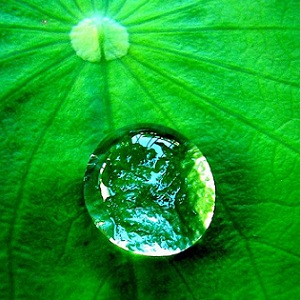
Human development hasn’t just claimed vast areas of the planet, it’s also split up the little patches of wilderness that are left, making life especially difficult for animals that need large areas to roam and find mates. Nature reserves are important for protecting biodiversity, but so are other vegetated areas – even those in the midst of the paved-over metropole.
Humble suburban gardens and back yards can contribute to the biodiversity conservation effort by forming green islands and corridors that offer local species refuge, resting places and relatively safe passage through the human-altered world.
On International Day for Biological Diversity (22 May), maximise this effect by including the indigenous, excluding the exotic, and greening more of the space you have available in your garden.
Gardening for biodiversity: a few tips:
- The closer your garden is to the original natural vegetation of the area, the more likely it will be to thrive and support other organisms. Exotic plant species can look attractive, but indigenous species are much better at attracting and conserving indigenous butterflies and birds, and they take less water too.
- Practise greater tolerance and appreciation for the insect world, and avoid commercial insecticides as much as possible in your garden. Caterpillars eat holes in things, it’s true, but then they also turn into butterflies. More insects mean more insect-eating animals – birds, frogs and small mammals like shrews.
- Don't forget the biodiversity layer beneath our feet: healthy soil should be full of organisms. Keep it that way by adding compost and mulch; the easiest way to do so is to simply let garden “litter” (leaves, twigs, seeds etc.) lie where it falls. Biodiversity gardeners don’t worry themselves too much about neatness.
- Instead of a stretch of single-species lawn, choose a greater mix of plant types, or maybe a rockery or pond. The greater the variety of plant species and habitats, the more likely you’ll be to attract a variety of animals.
- Consider all possible surface areas for planting, not just the ground but also the walls for climbing plants, flat rooftops, terraces, decks and even window ledges.
- Botanical gardens are excellent places to get information and ideas for indigenous planting and creating a biodiversity garden. Entry is free to all National Botanical Gardens on 22 May, and many have events planned for the day. Go to the website of the South African National Botanical Institute (SANBI) for what might be happening in your area.




 Publications
Publications
 Partners
Partners









